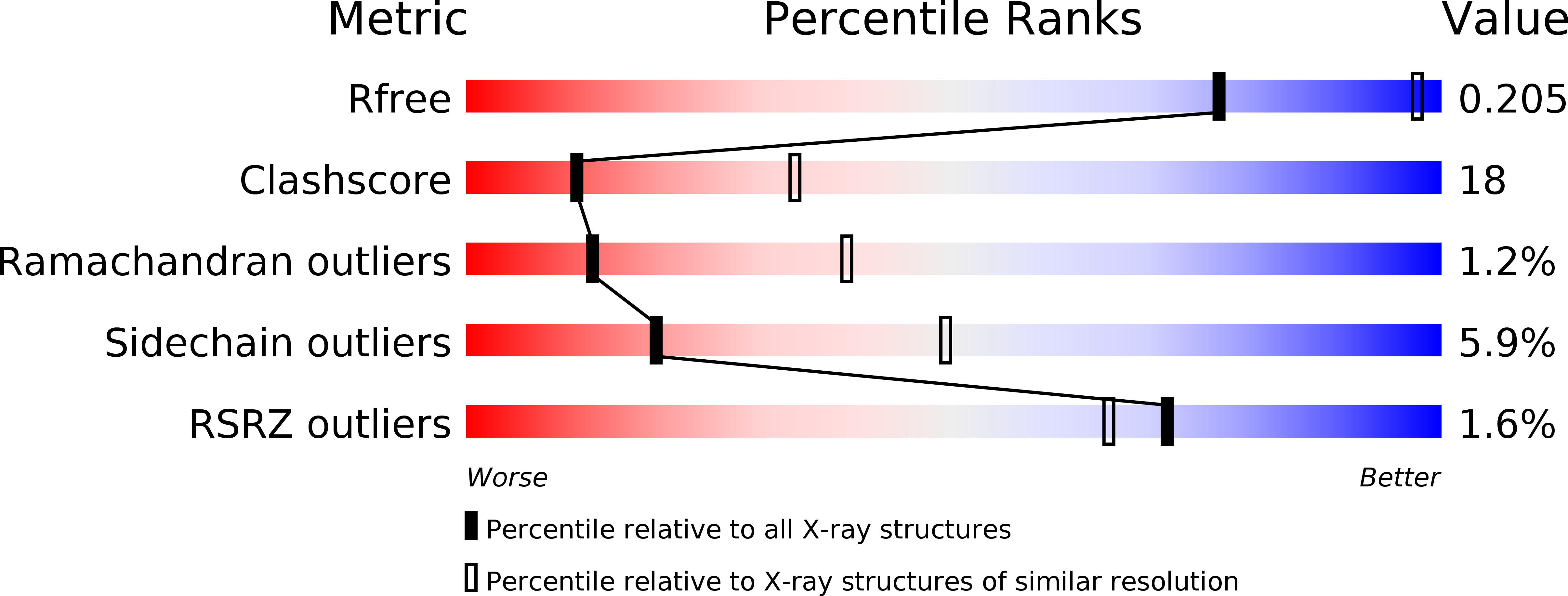
Deposition Date
2012-08-10
Release Date
2012-08-29
Last Version Date
2023-11-15
Entry Detail
PDB ID:
4GK7
Keywords:
Title:
yeast 20S proteasome in complex with the Syringolin-Glidobactin chimera
Biological Source:
Source Organism:
synthetic construct (Taxon ID: 32630)
Saccharomyces cerevisiae (Taxon ID: 559292)
Saccharomyces cerevisiae (Taxon ID: 559292)
Method Details:
Experimental Method:
Resolution:
2.80 Å
R-Value Free:
0.24
R-Value Work:
0.21
R-Value Observed:
0.21
Space Group:
P 1 21 1


